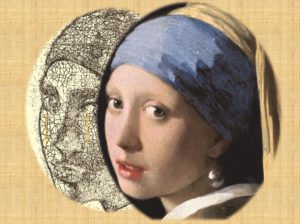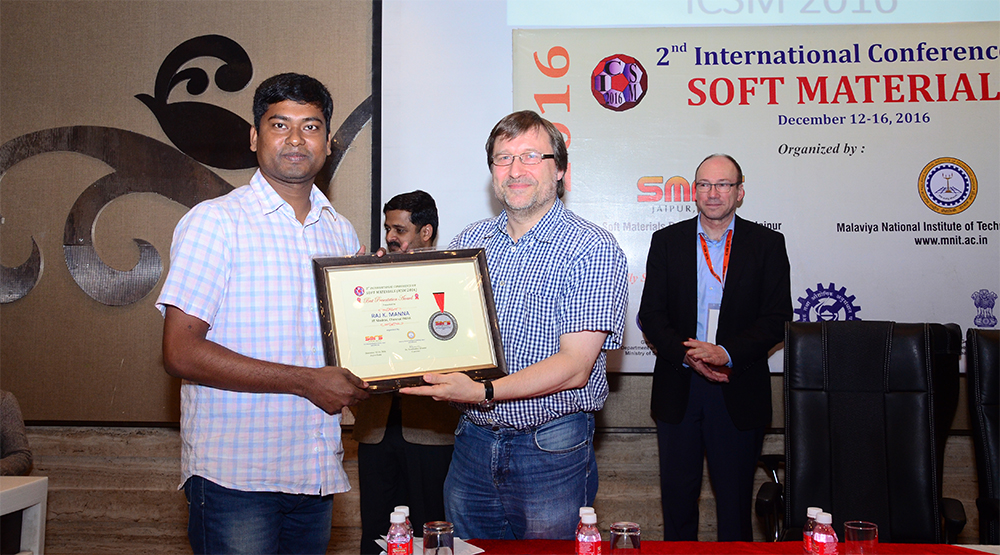New model could benefit art conservators and geologists
Understanding how cracking patterns develop in desiccated surfaces like old oil paintings or dried mud is surprisingly difficult. Now a Chilean scientist has established the first mathematical model of cracked surfaces that could help conservators preserve old paintings or give geologists information about the thickness of cracked clay or salt layers, and the stress they’ve been subjected to.
In oil paintings, the varnish becomes less flexible with age and when the canvas shrinks and expands in response to humidity and temperature changes, the paint starts to crack. As the cracks are hard to forge, art experts often use them, among other factors, to determine a painting’s authenticity. ‘Crack networks are like fingerprints,’ says JC Flores from the University of Tarapacá, who has developed a series of equations that give a theoretical insight into cracking patterns.
Read the full story by Kat Kramer in Chemistry World.
This article is free to access until 10 March 2017.
J C Flores, Soft Matter, 2017, DOI: 10.1039/c6sm02849g














